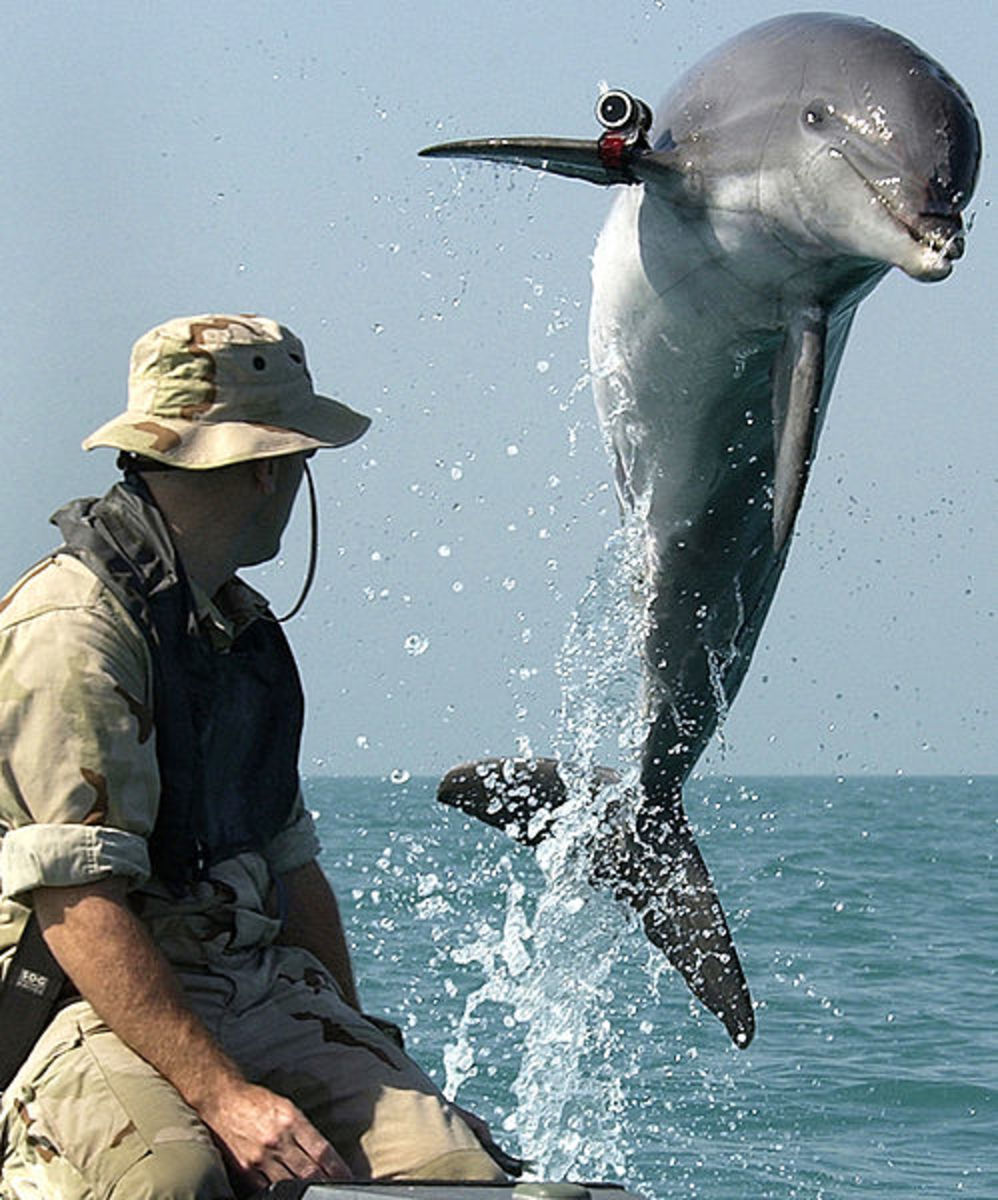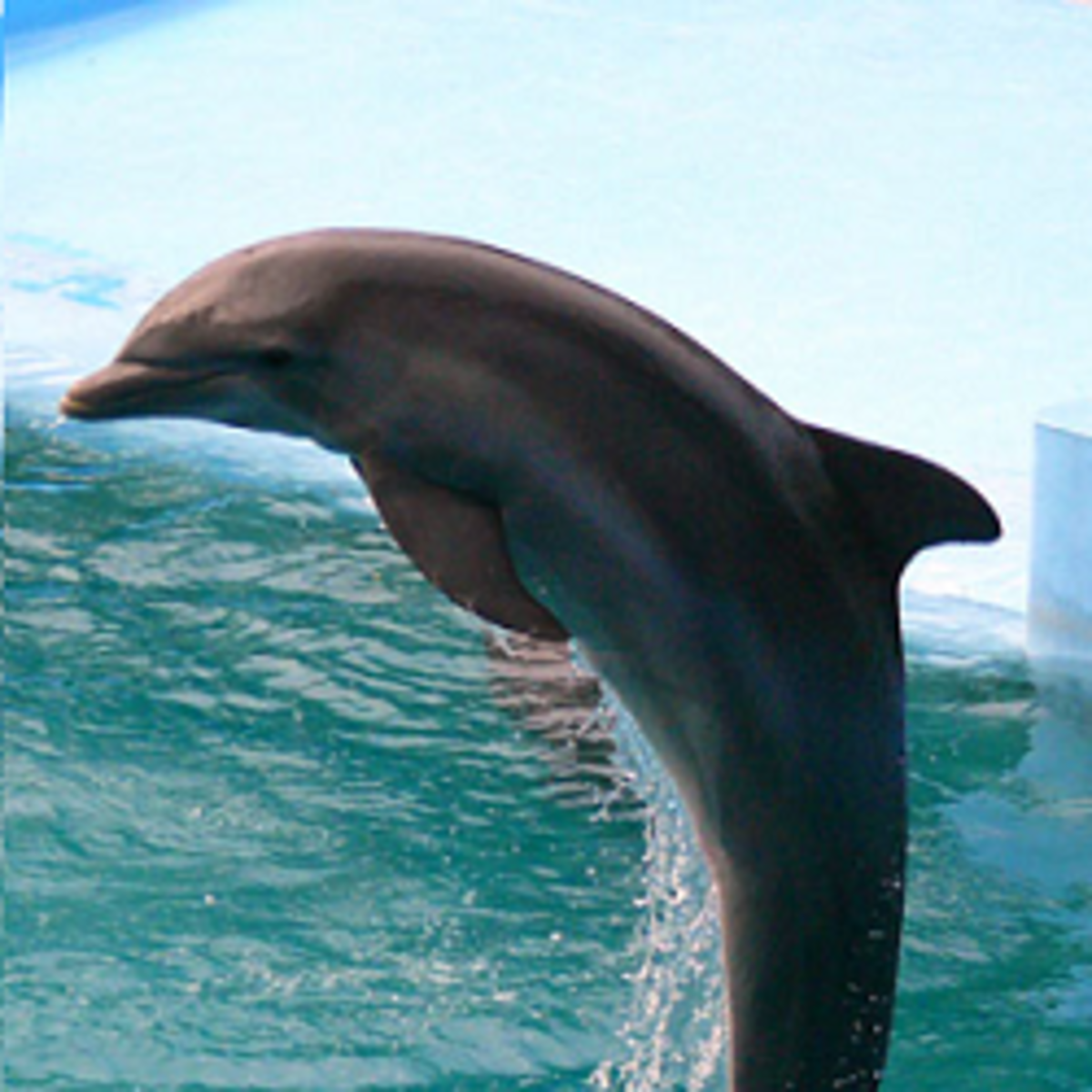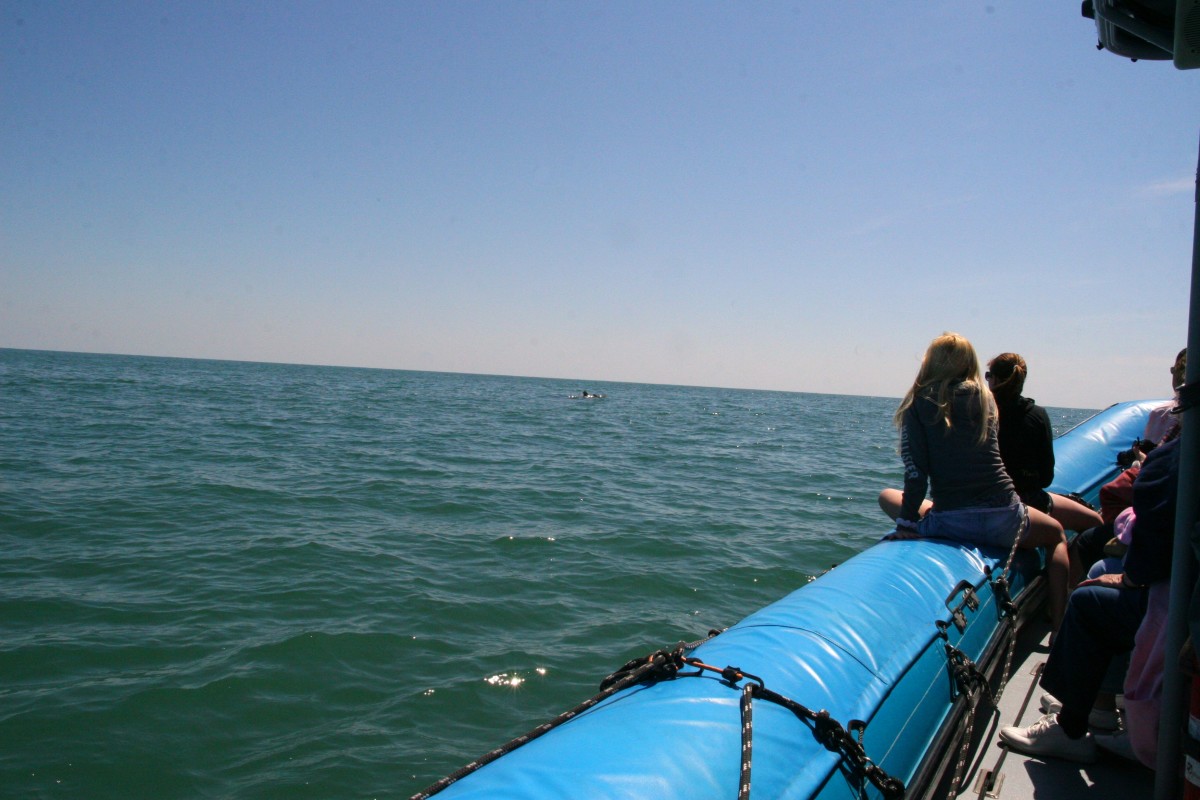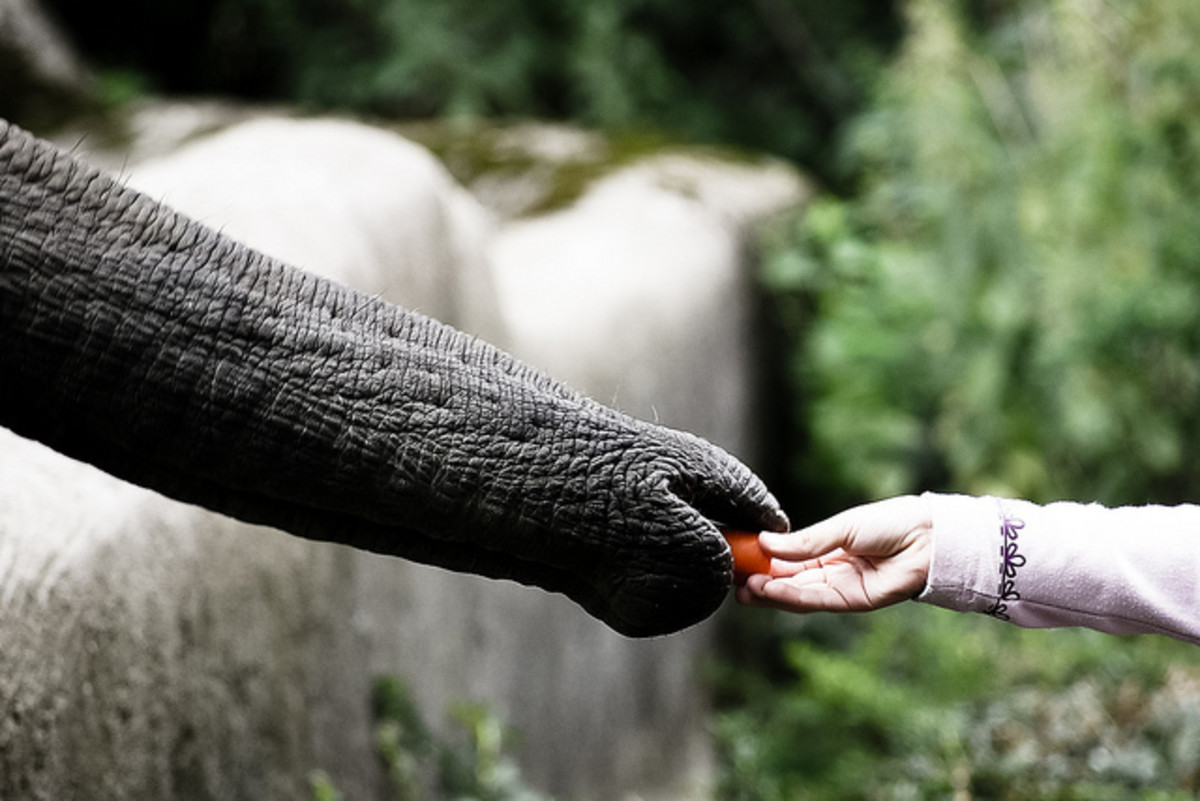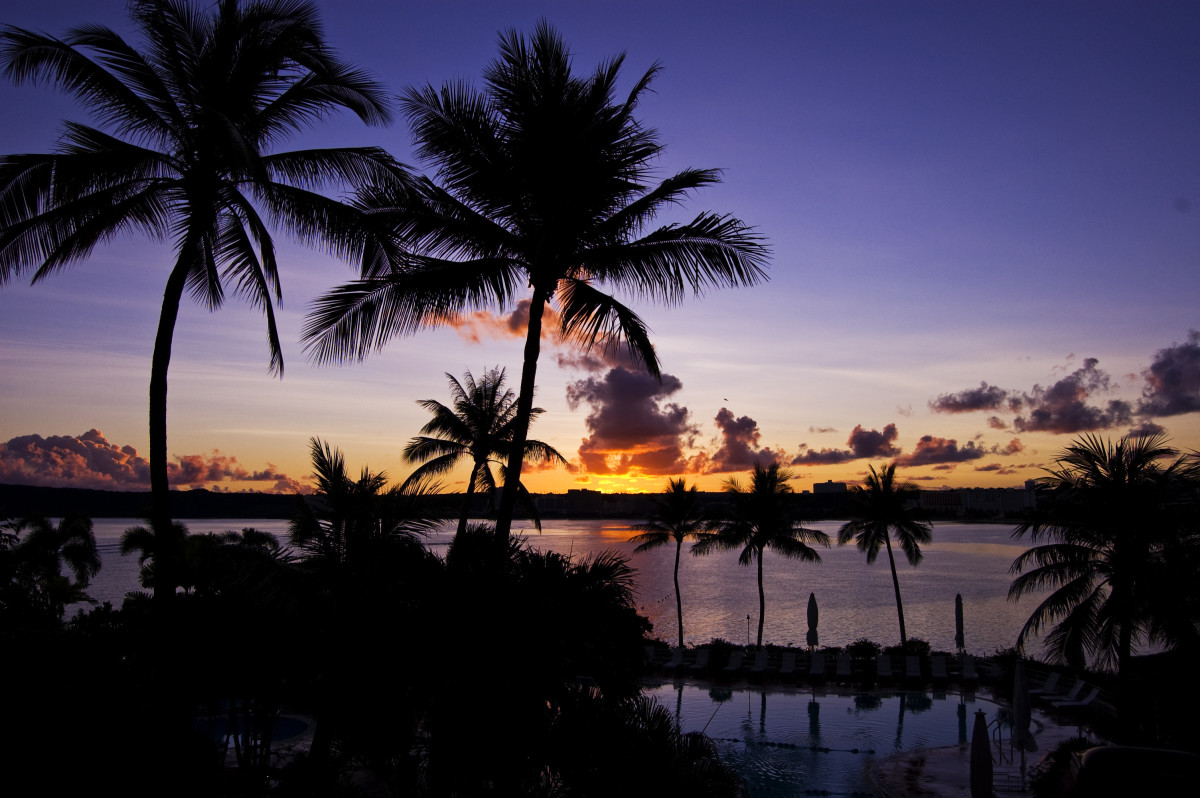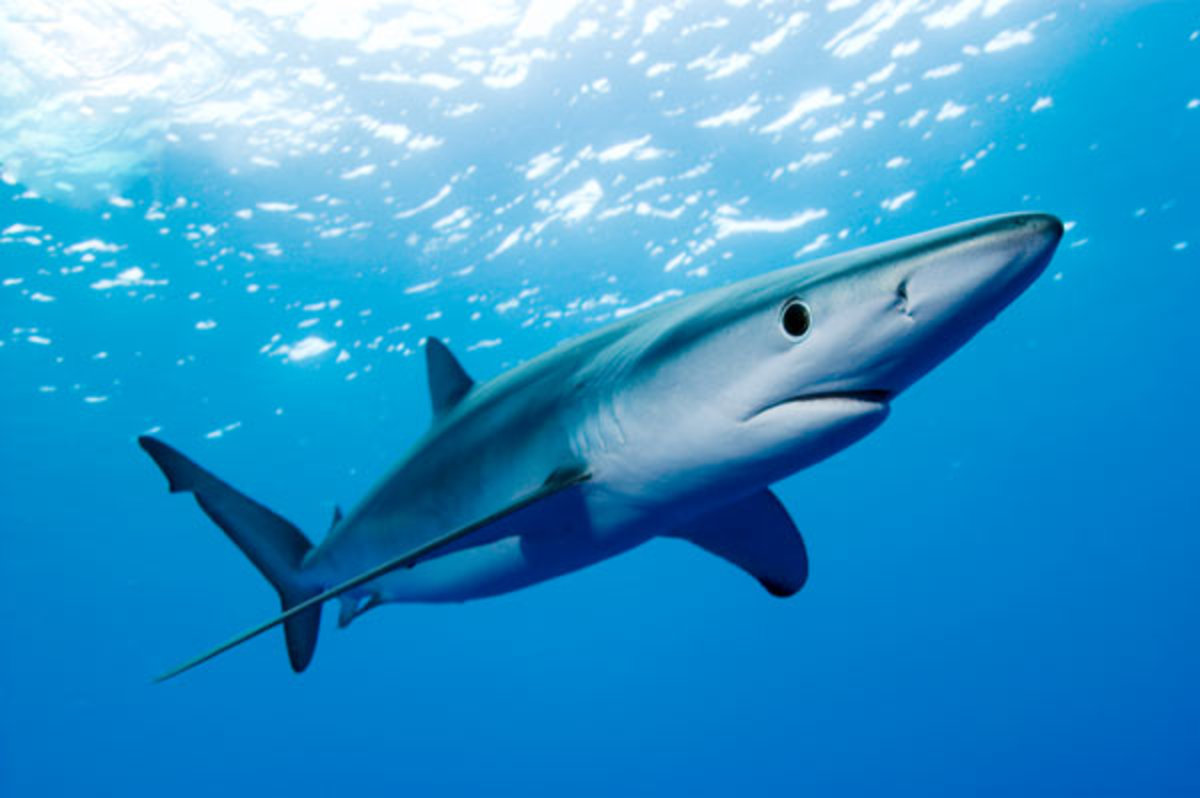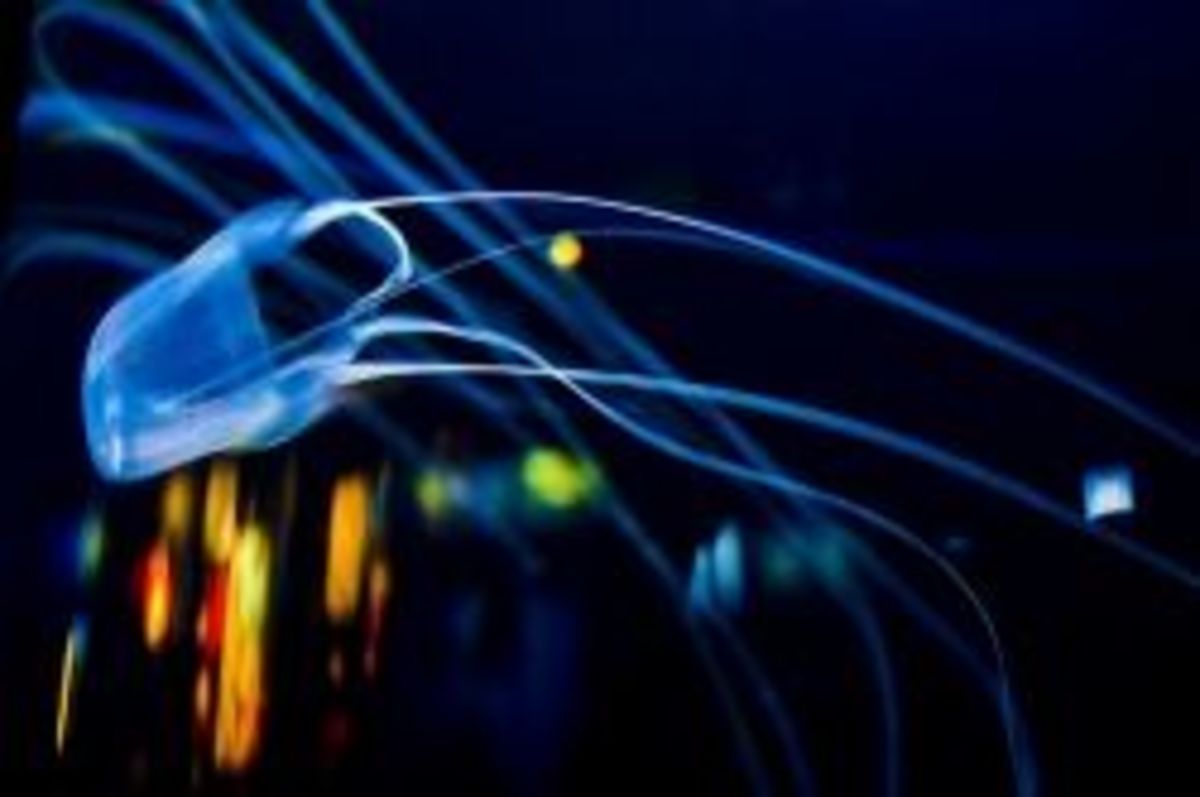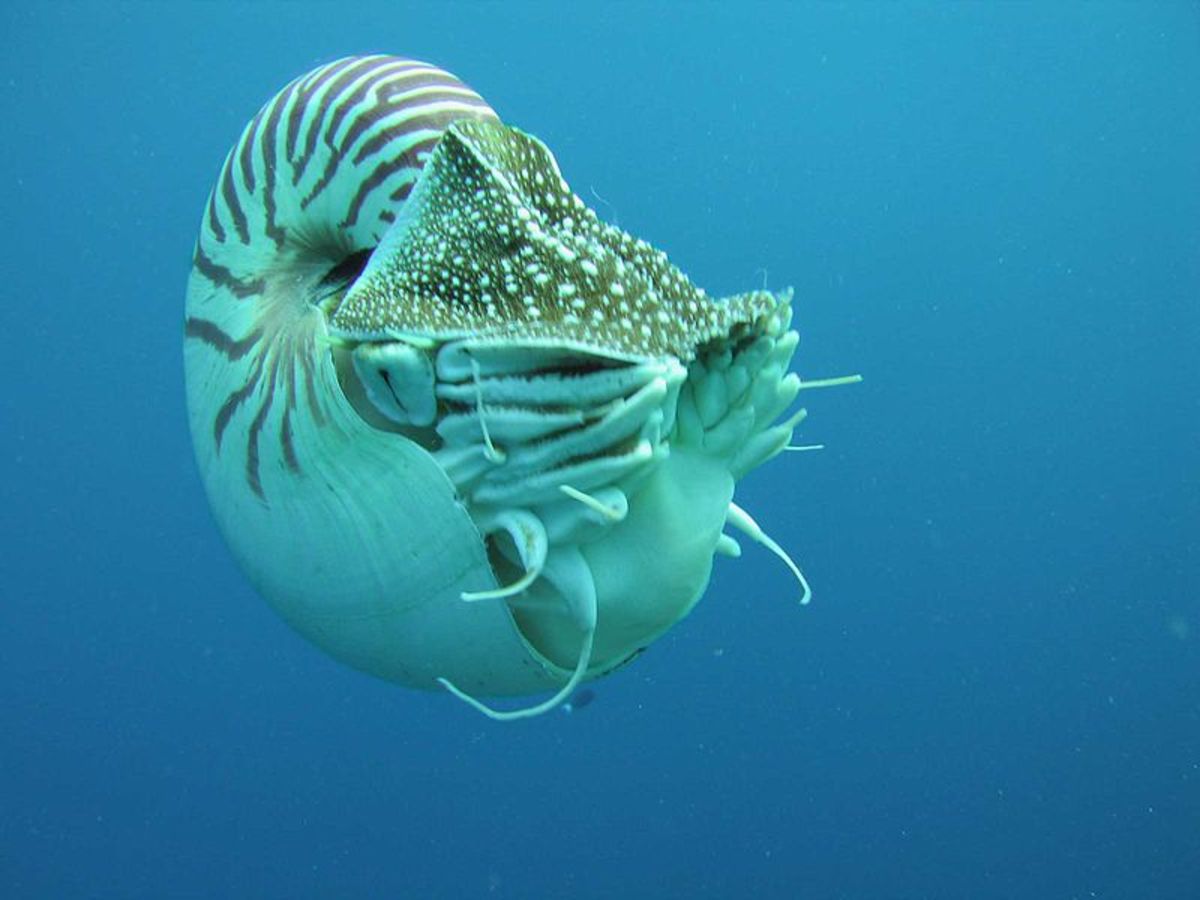- HubPages»
- Education and Science»
- Life Sciences»
- Marine Biology»
- Marine Life
Dolphin - Australian Snubfin Dolphin
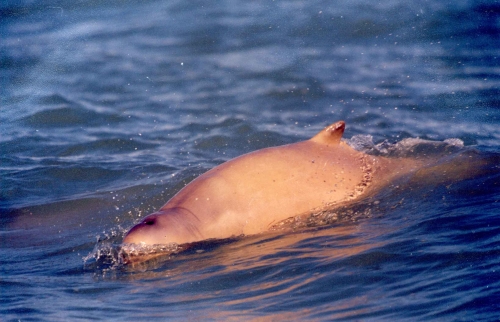

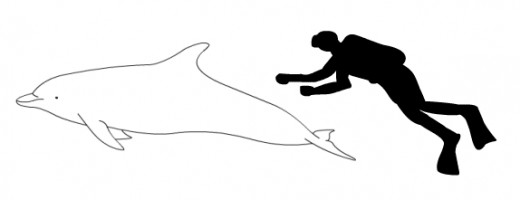
These images are provided as a comparison between the common bottlenose dolphin, a human, and a snubfin dolphin.
The differences in size, head shape, and fin are obvious in these images.
The videos below will help you get a good look at this unusual mammal.

It’s hard to imagine an animal as large as a dolphin going undetected until 2005. And it’s not even like the Australian Snubfin Dolphin could be mistaken for what most people perceive a dolphin to look like – having a pointed nose (or beak). This dolphin has a round melon-like head! See figure 1, the Snubfin, versus figure 2, the Bottlenose.
In 2005 scientists were doing DNA profiles and skull measurements on what they thought to be Irrawaddy dolphins, Orcaella brevirostris,(Figure 3) in the Australian waters. But to their amazement, they had discovered a new species of dolphin, the Australian Snubfin Dolphin, Orcaella heinsohnii, (Figure 1) – the only dolphin native to Australia.
The discovery of a new species of mammal is extremely rare. And, the Australian Snubfin is the first new dolphin species to be discovered in 56 years.
The Australian Snubfin Dolphin resides in the warmer waters of the northern Australian coast in waters less that 49 feet (15 meters) deep.
The Snubfin's appearance is very unusual in a couple aspects. As you can tell in Figure 1, the Snubfin has a short stubby dorsal fin on its back compared to the typical Bottlenose (Figure 2). It is from this fin that the Snubfin’s name was derived. It also has a rounded melon-shaped head, and a distinct skin crease around a flexible neck. One other mammal, also ocean dwelling, has a flexible neck – the Beluga whale. This flexible neck allows the Snubfin to turn its head!
The Australian Snubfin Dolphin averages between 59 - 106 inches (1.5 – 2.7 meters) in length. The male is typically slightly larger than the female. Rather than being located on the center of its head, its blowhole is located slightly off-center and to the left. The Australian Snubfin Dolphin ranges in color from cream to shades of brown and gray; its underside typically being lighter in color. The Snubfin ‘s lifespan is believed to be approximately 30 years.
The Snubfin usually swims in a pod size of 5-6, but some pods are as large as 14-15 dolphins. As they are swimming, they generally surface every minute or so, but can remain underwater for up to 12 minutes. They are not as acrobatic as most dolphins making only very small jumps in addition to the typical tail slapping.
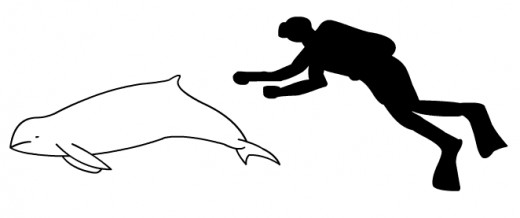
The Irrawaddy dolphin is very similar in appearance to the Australian Snubfin Dolphin.

They may have remained undiscovered for so long because they are very shy, not swimming around boats like other dolphin species are known to do.
The Australian Snubfin’s typical diet is fish, squid, octopus, prawns and crabs. The Snubfin catches its prey in a very unusual manner. A group of dolphins will form a circle with their heads above the water. They spit the water, which diverts the fish towards other dolphins where it is quickly snatched up.
The Australian Snubfin Dolphin is believed to reach sexual maturity at 4-6 years of age. The Snubfin is sexually active year round, with most activity occurring in the winter months. The gestation period is believed to last approximately 14 month. Therefore, calves are born any time of the year, but most are also born during the winter months. They are born tail first so that as soon as the head appears the calf can be gently guided to the water’s surface to take its first breath. Being a mammal, dolphins do not have gills, and must come to the surface to breath. It is believed that the Snubfin will have a calf every 2-3 years, making recovery from its threatened status slow.
The Australian Snubfin Dolphin is considered to as ‘near threatened, data deficient’, meaning that we don’t know enough to make a determination but what we do know indicates that it may be threatened. It is believed that there may be less than 1000 Australian Snubfin Dolphins in existence.
Threats to its existence include being caught in fishing nets, overfishing of its prey by humans, water pollution and habitat destruction.
To learn more about the Snubfin:
- Australian snubfin dolphin
Marine Parks WA showcases Marine Parks, Animals, Ecosystems and Environmental Management on the Western Australian Coast. - WWF New Zealand - Rare dolphins threatened by boat strikes, fishing gear


